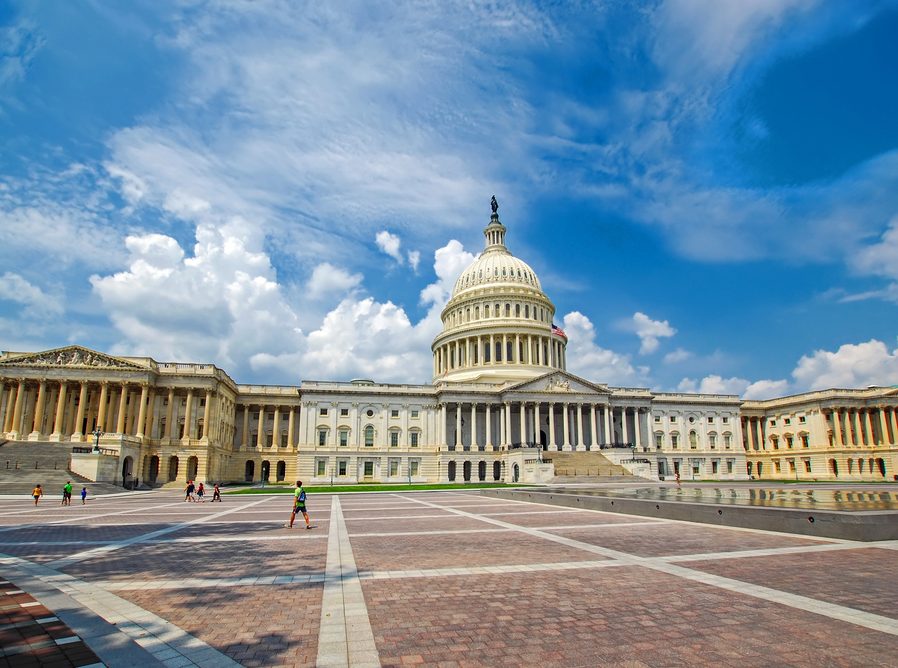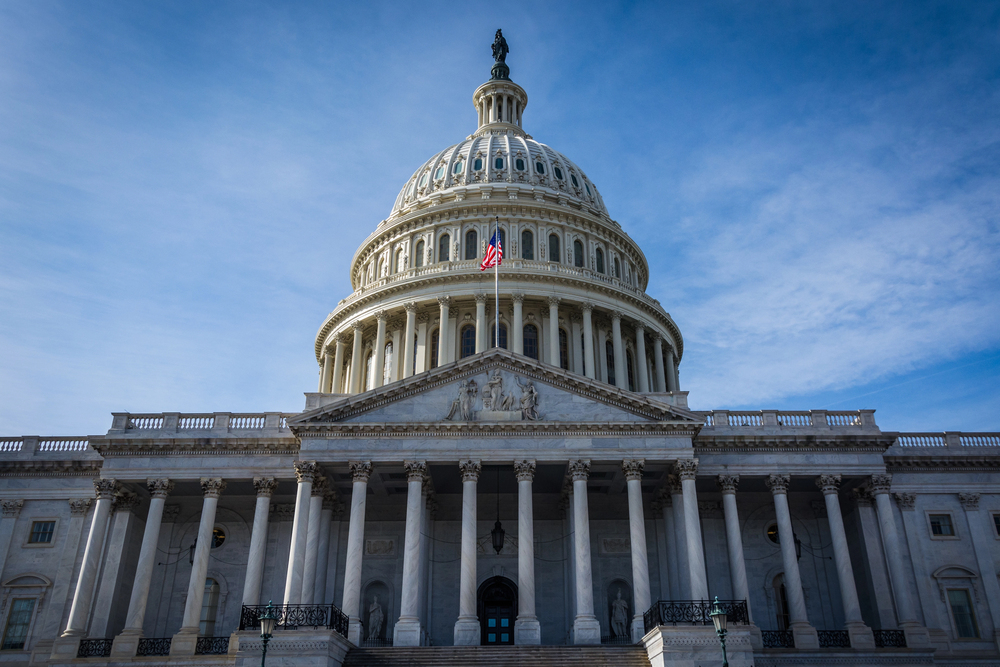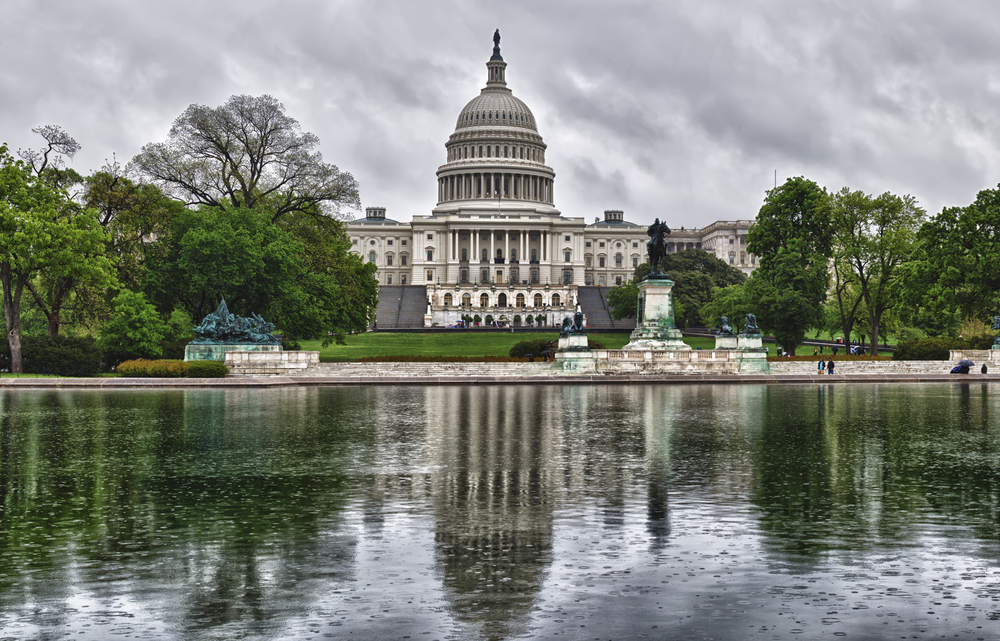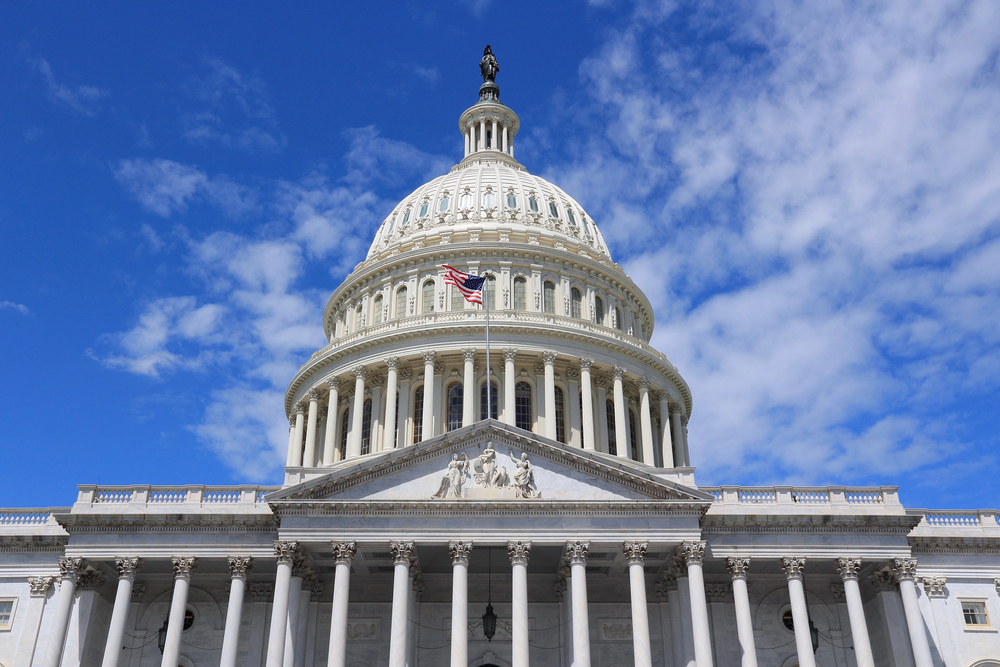Beyond Price Cuts: The Potential of Private Flood

By: Jacquelyn Connelly
A few years ago, regulatory restrictions such as lending requirements and other red tape prevented the private flood market from making serious headway.
But last year may have marked a turning point for private flood insurers. When Roy Wright, FEMA’s former deputy associate administrator for insurance and mitigation, stated that FEMA’s “moonshot mission” is to double the number of people in the country who currently have flood insurance, he made it clear that the current system simply isn’t working.
“That’s the heart of what we’re trying to accomplish—we have to touch more homes, we have to get flood insurance to the doorstep of more houses,” says John Dickson, president of NFS Edge Insurance Agency, Inc. “The NFIP has shown it can’t do that alone. Creating choice is essential for customers to develop solutions to help protect their families, particularly in times of catastrophe.”
Private insurers aren’t shying away from the opportunity. Bruce Bender, senior vice president, Bender Consulting Services, Inc., counts 35-40 different non-commercial private programs alone, compared to half a dozen just two years ago. And as legislative efforts continue making the U.S. flood insurance landscape more welcoming for private flood insurers, that number will only continue to grow.
“The hostility toward private flood is going away,” says Nick Sumbles, flood underwriting specialist at Gridiron Insurance. “Consumers don’t like being forced into one option. For the flood market to have any viability, that has to go away.”
In addition to developing better risk models that could help dissolve the widespread binary approach to purchasing flood insurance, here are two more ways private flood could improve the system:
More expansive coverage. From a coverage standpoint, “the NFIP policy is relatively limited because it’s one size fits all,” says John Putnam, consultant at Putnam Assurance & Risk Services, LLC. For example, it doesn’t cover personal property in the basements of homes, nor does it offer sufficient coverage options for law and ordinance—the lack of which “increases the cost to replace or repair based on co-changes or legal changes,” Putnam says.
In addition, “NFIP policies do not provide any coverage for additional living expense on personal lines policies, or for business income on commercial lines policies,” Putnam points out. “That can be equal to or greater than the whole cost of the direct damage. Those are going to be available under private, and that’s a huge advancement.”
“These companies are coming in and providing things the NFIP doesn’t that your typical homeowners does, like replacement cost, one deductible, a much shorter waiting period,” Bender adds. “In fact, some don’t require any waiting period at all—with the NFIP, it’s 30 days.”
When ISO developed flood policy forms of its own earlier this year, it didn’t include many of those additional coverages in the base form, either. But Putnam says the important thing is that those coverages are available as options should an insured wish to purchase them.
The ISO forms should “make it easier for companies, regulators and lenders to have a more uniform private policy and therefore get more comfortable with the private flood,” Bender says. “For companies that are interested in getting into the private flood program, it saves them from having to create their own forms and provides pricing guidance through advisory loss costs to ultimately develop rates. And then as always with ISO, you can then deviate and file the specific deviations you want.”
Limits are another area where many private insurers see an opportunity to improve coverage. Under the NFIP, “if you have a home that’s worth $1 million, they’re only going to write $250,000 on it,” Sumbles points out. “When you write property insurance in general, you would never underinsure a building that severely. Why, when it comes to flood insurance, is it looked at that way?”
According to Putnam, the logic around the NFIP’s limit caps is that a flood doesn’t damage quite the same way as other perils. “If a fire burns everything to the ground, you don’t have that much left,” he explains. “Flood will take out a smaller house, and it will certainly cause a lot of damage to a big house—it could even affect the structural integrity. But it depends on the kind of flood. If it’s in a coastal area and you’re getting waves bombed at it, it’s more likely to cause a problem. If it’s just sitting in water that goes down fairly quickly, the biggest risk with flood in these days is mold.”
But Sumbles believes that’s a risk insureds shouldn’t be forced to take. “The full value of the house can be affected—a lot of times, floods are catastrophic. Whole homes can be wiped away,” he says. “We need to look into the idea of rating against the full limit of the home.”
Better claims service. As the private flood market has developed, many have been concerned that private insurers would be all talk and no action in the face of large-scale cats. But when Hurricanes Harvey, Irma and Maria devastated the U.S. and surrounding areas last fall, most private insurers proved their clout.
“There are some programs that wrote a sizeable bit of business in the flood space, and they did well,” Dickson observes. “They paid losses, they filled their claims in a timely fashion, they didn’t have to raise capital, they didn’t have to break into their capital reserves funds.”
While Dickson points out that a few programs “took a heavy hit,” he notes that his own company had claims 95% closed before the Christmas holidays—and overall, “private carriers have responded. If we’re going to tell people we’re going to protect what’s important, when disaster strikes, we have to live up to our promises.”
“As a private company, you need to handle things like claims well if you want to stay in business—you can’t handle things poorly and expect people to come back to you because they have to,” agrees Sumbles, who notes that Gridiron always does its best to handle all claims within 30-45 days.
That’s the industry norm, says Sumbles, who remembers speaking with a FEMA claims adjuster in 2016 who was still working on Superstorm Sandy claims. “He told me, ‘I don’t see an end in sight,’” Sumbles recalls. “That’s really sad to hear—these people are thinking, ‘The government’s protecting me here through my NFIP policy,’ but now all this time later, it’s still not getting paid out. The private market can at least do better than four years.”
And while Sumbles says Gridiron won’t write policies for V or CBRA flood zones, “the NFIP doesn’t cover CBRA zones, anyway,” he points out. “The whole idea there is to dissuade people from building in those areas. I write plenty of business in higher-risk zones—I don’t think it’s a valid argument to say private companies are cherry-picking the best stuff and leaving the worst for the NFIP.”
“These companies don’t want to be nonprofits—they’re not going to go after the really bad stuff. But with that said, I came across a company that is writing negative-rated properties, where the lowest floor is below the base flood. They’re going to get a good premium for it, it’s going to be less than what the NFIP charges,” Bender agrees. “Many of these companies feel like with the technology and modeling they have, they can do a better job underwriting.”
But although opportunity abounds in the private flood market, there is a downside to this shift, Bender cautions: “As you move more policies away from the NFIP, that means there are less funds coming into the NFIP, and that means less money for mapping, grants, operations and floodplain management. It’s great that Congress is promoting the private market, but they have to understand the NFIP may end up as a market of last resort.”
If more and more insureds peel off the NFIP in favor of the private flood market, “the rates will have to go up, and you’re going to have an affordability issue,” Bender explains. “That’s where Congress and FEMA need to work together to really get a strong affordability program put together sooner than later. Otherwise, we’re going to be bailing out all those people who can’t afford to move, but also can’t afford to mitigate—and therefore can’t afford the cost of flood insurance.”
Jacquelyn Connelly is IA senior editor.










